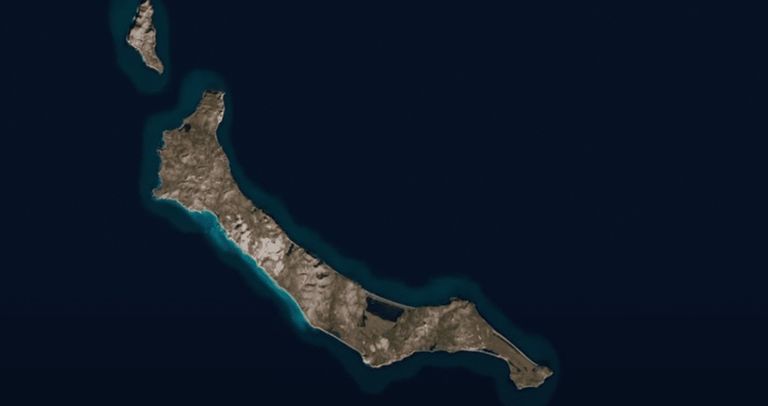The Most Remote Island In Alaska Refuses To Become A Home For Humans
Hundreds of miles off the coast of mainland Alaska sits a jagged and lonely sliver of land. It’s constantly battered by biting winds, and the wild Bering Sea slaps against its rocky border. Sadly, each failed attempt by human beings to settle there confirmed what was suspected all along: the island simply isn’t fit for us. But when you dig a little deeper, the unforgiving weather patterns are only the tip of the iceberg—there was an even more sinister threat lurking within the island’s isolated groves. And now, the chilling remains found there are finally bringing the horrors of the past to light.
A place seen by few
Even in today’s connected world, a trip to St. Matthew involves a whole day’s boat ride from St. Paul in Alaska’s Pribilof Islands. And so it’s perhaps no surprise that visitors are typically few and far between. Those who do make it here, though, find a desolate and lonely place – populated only by seabirds and singing voles. And that’s not the only reason they probably won’t want to stay very long.
Now an eerie wasteland
Though history tells us that St. Matthew hasn’t always been this way. In fact, there is evidence to suggest that humans built shelters here as far back as the 17th century. And at one point, the island was home to thousands of reindeer roaming wild across the landscape. But now everything is dull and lifeless, with bones scattered across the landscape. Enough to send shivers down your spine, right?
Unconquerable land
Known as the island that could not be conquered, St. Matthew has stubbornly resisted the humans and animals that have attempted to make it their home. Dozens have landed here over the centuries, yet all have either perished or fled. What is it about this place, then, that makes it so ill-equipped for survival?
It's not America's only uninhabited island
Now, you might be forgiven for thinking that St. Matthew is the only uninhabited island in the U.S. But there are actually a number of outcrops on American soil that remain devoid of human life – even as the population grows larger than ever before. And while some of them exist in far-flung places, others are surprisingly close to home.

